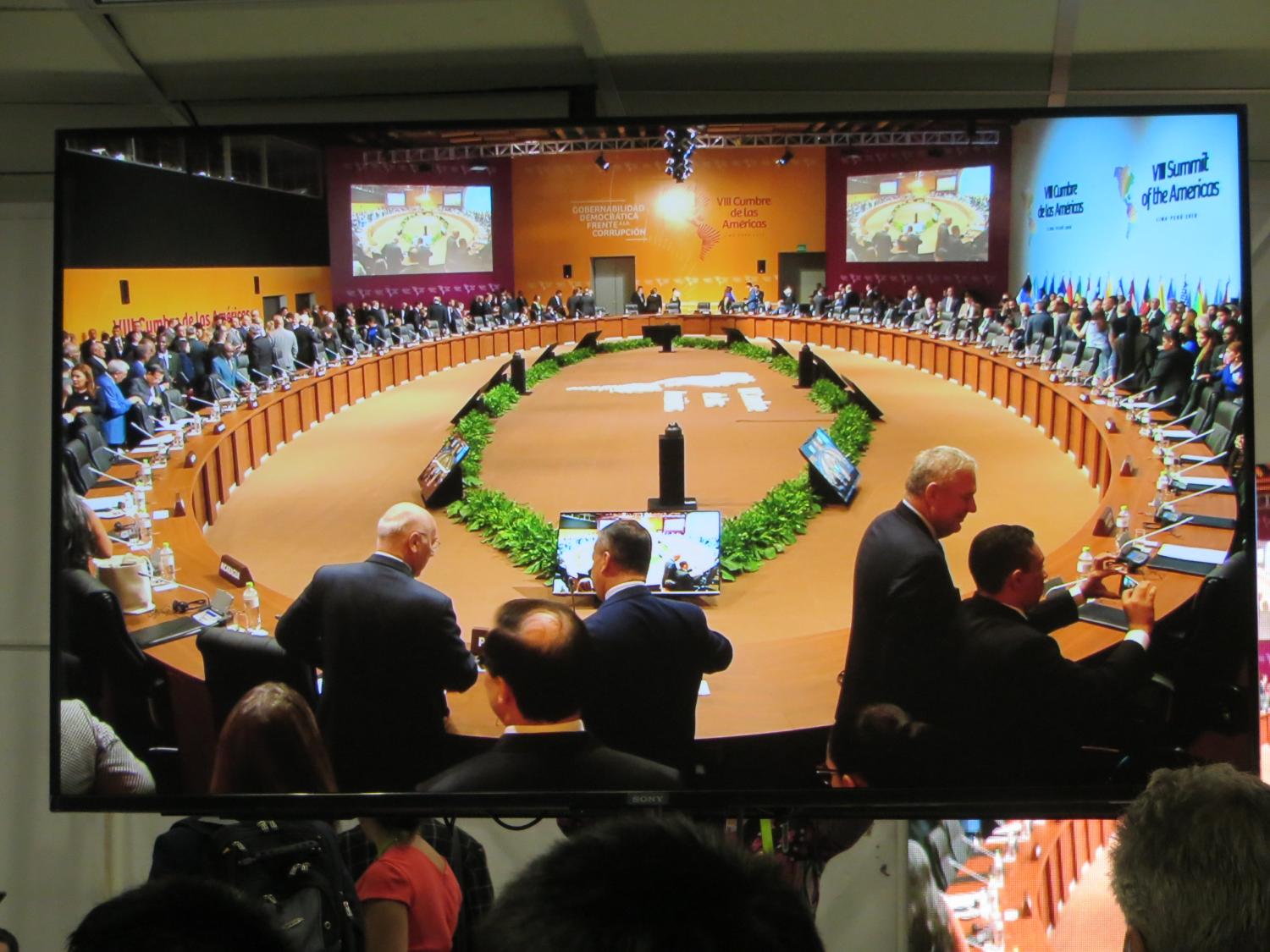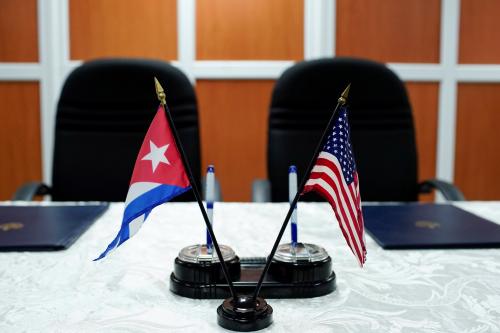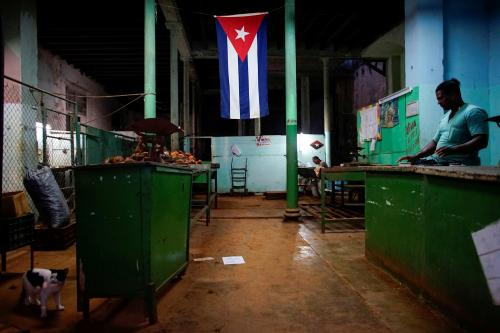Executive Summary
Convening in Lima, Peru on April 13-14, 2018, the eighth Summit of the Americas approved a final declaration tackling just one major theme—anti-corruption. This was appropriate: Systemic corruption in high places threatens to undermine the legitimacy of democratic institutions throughout the region. However, the summit failed to outline a rigorous plan of implementation, nor did governments pledge new resources for the anti-corruption agenda.
Summits of the Americas assemble not only heads of state and foreign ministries, but also a broad spectrum of citizenry, including from the corporate world and civil society. These parallel gatherings—well attended in Lima—signal a deepening of democracy and the community of the Americas.
Further, the Lima summit served as a platform where the larger, more powerful Latin American states reaffirmed their adherence to liberal democracy and categorically condemned its violation in Venezuela.
President Donald Trump canceled his attendance just a few days prior to the Lima summit. At the meeting, the United States became just one delegation among many, and an outlier on some core themes that had characterized previous Summits of the Americas.
Well institutionalized, Summits of the Americas will likely continue to take place every three years or so. The outcomes of future summits will depend upon effective leadership, diplomatic creativity, institutional capacities, and the abilities and desires of the governments of the Americas to learn from previous experiences and to find common ground.
The Brookings Institution is committed to quality, independence, and impact.
We are supported by a diverse array of funders. In line with our values and policies, each Brookings publication represents the sole views of its author(s).







